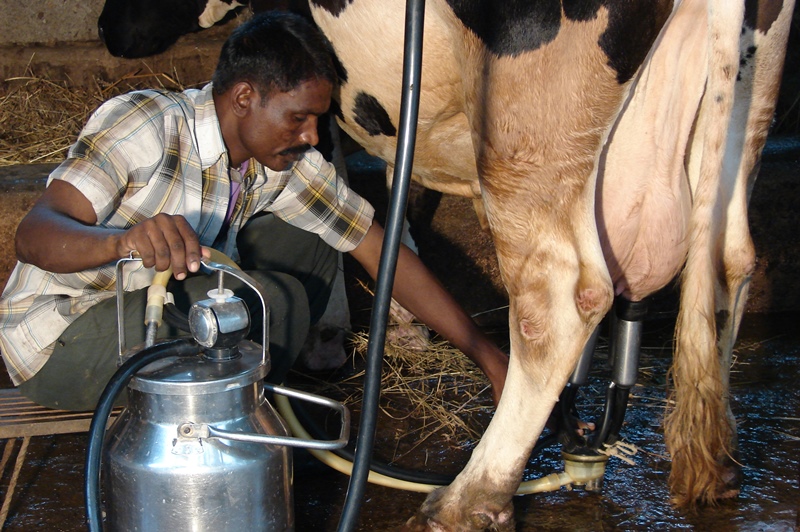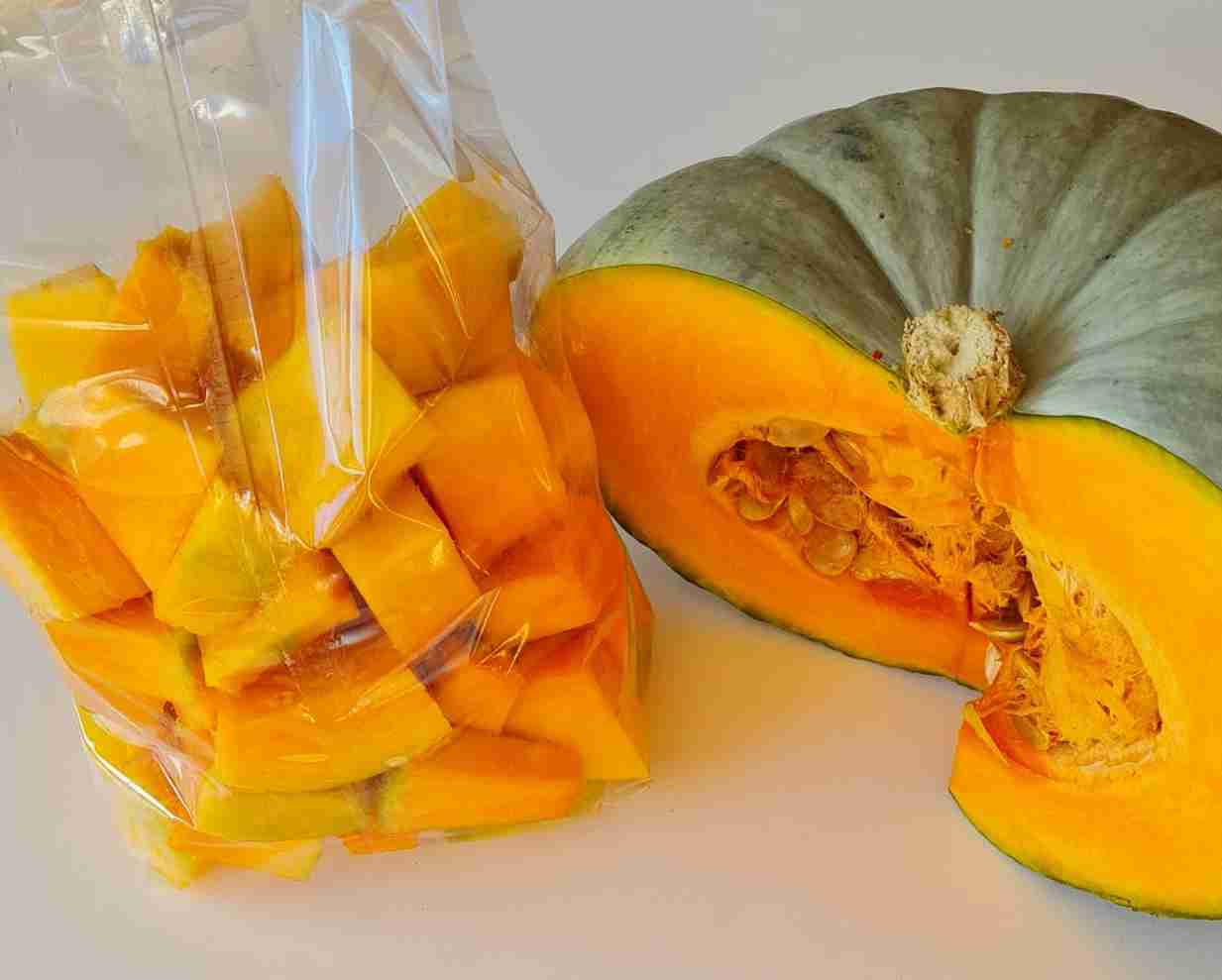Lemon farming in Kenya is gaining attention from both small- and large-scale farmers. Lemons are citrus fruits packed with health benefits and have steady demand in local and international markets.
While the trees take time to bear fruit—about 3 to 6 years—the returns are well worth the wait. Lemons are grown mostly in the Coastal, Eastern, and parts of the Rift Valley regions due to favorable climate.
With proper care and planning, lemon farming can turn into a profitable agribusiness. This guide gives you all the key details to start and succeed in lemon farming in Kenya.

Steps to Start and Manage Lemon Farming In Kenya
Lemon trees require patience, care, and the right growing conditions. Once established, they can produce fruits for years and generate good income with minimal upkeep.
Best Lemon Varieties for Kenyan Farmers
Kenyan farmers grow two major types of lemons:
- Acid lemons like Lisbon and Eureka
- Sweet lemons like Meyer and Ponderosa
Lisbon and Eureka are common in commercial farming due to their high juice content and market demand. Meyer lemons are smaller and sweeter, making them great for home use and niche markets.
When choosing a variety, consider the climate of your area, soil type, and the target market. Acid lemons sell faster in bulk markets while sweet varieties do well in urban grocery stores and juice outlets.
Ideal Growing Conditions for Lemon Trees
Lemons thrive in warm, sunny regions with fertile, well-drained soils. The ideal ecological conditions include:
- Annual rainfall of at least 1000mm, well distributed
- Soil pH between 6.0 and 6.5
- Temperature range of 20–30°C
- Protection from strong winds to avoid flower and fruit loss
- Good sunlight for at least 6 hours a day
- Spacing of 7m by 7m for proper air flow and sunlight
Before planting, clear the land and dig planting holes wide enough to allow root spread. Mix the topsoil with compost or well-rotted manure for a healthy start. After planting, water the seedlings well and mulch around the base to conserve moisture.

Disease and Pest Control for Lemon Trees
Lemon trees are prone to several pests and diseases that can affect yields if not managed properly.
Common pests include:
- Fruit flies
- Aphids
- Thrips
- Black flies
- Mites
- Ants
- False coddling moths
Diseases to watch for are:
- Anthracnose
- Leaf spot
- Greening disease
- Damping off
- Citrus canker
- Scab
To control these issues:
- Use insecticides and fungicides that are safe and recommended
- Apply foliar feeds and nutrient supplements to strengthen the trees
- Remove and burn infected branches or leaves to stop the spread
- Practise crop rotation and field hygiene
Regular monitoring and early treatment prevent major damage and reduce production losses.
Harvesting and Marketing Lemons in Kenya
Lemon trees start bearing fruit after 3 to 6 years, depending on variety and care. The fruits mature in 7 to 9 months after flowering and should be picked when fully grown and slightly yellow.
An acre of land can hold about 130 lemon trees, and each tree can yield up to 300 lemons per season. This means one acre can produce over 39,000 lemons annually.
At a local market price of Kshs 5 per lemon, a farmer can earn over Kshs 190,000 per season. Selling directly to wholesalers, supermarkets, or fruit processors can increase profits even more.
To maintain quality, harvest lemons by hand, using clean tools. Avoid pulling or twisting the fruit to reduce injury. After harvesting, sort and grade the fruits before taking them to market.






































